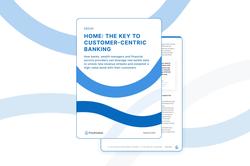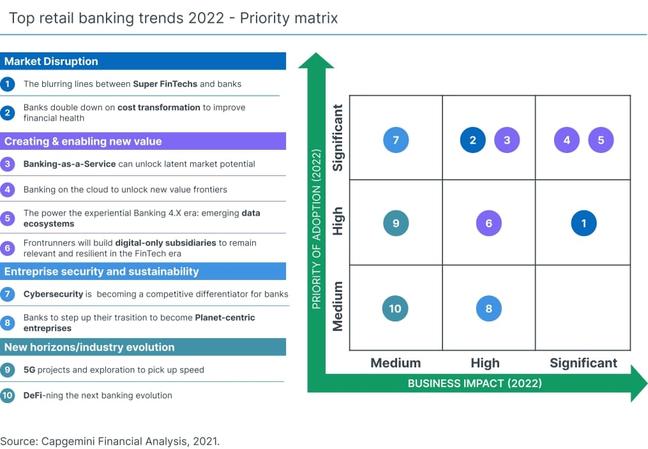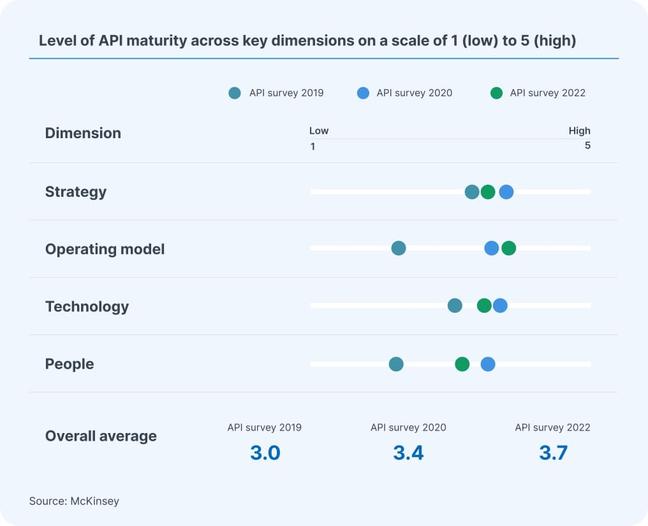Embedded finance is the emerging business trend of today. In parallel, embedded real estate is a strategic topic which banks, wealth and financial services providers need to focus on when striving to remain relevant and generate revenue. With traditional banking undergoing a radical transformation and shifting towards more customer centricity, this article highlights how institutions and companies can leverage embedded services to get closer to their customers.
Whenfresh.com has now merged with PriceHubble.com
To provide you with a better experience and improved content, your login page and all our resources are now available on a single website. You will be automatically redirected in a few seconds. If the redirection doesn't happen, please click the button below.
Redirection in 10 seconds...
Go directly to pricehubble.com









